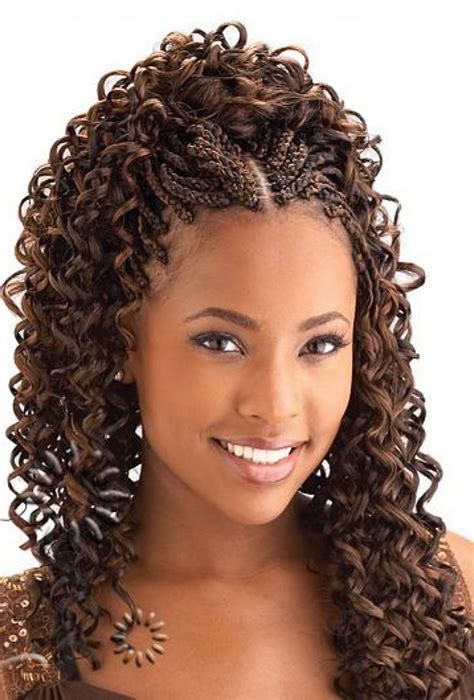Introduction
Braiding is a versatile and elegant way to style hair, and the type of hair you choose can have a significant impact on the final look. Human hair is a popular choice for braiding because it blends seamlessly with natural hair and can be styled to create a variety of looks.

Types of Human Hair for Braiding
There are several different types of human hair available for braiding, each with its unique characteristics.
| Type | Description | Pros | Cons |
|---|---|---|---|
| Virgin hair | Hair that has never been chemically treated or colored | Strong, healthy, and long-lasting | More expensive than other types of hair |
| Remy hair | Hair that has been collected from a single donor and has the cuticles aligned in one direction | Smooth, tangle-free, and less likely to shed | Can be more expensive than non-Remy hair |
| Non-Remy hair | Hair that has been collected from multiple donors and may have the cuticles aligned in different directions | Less expensive than Remy hair | More likely to tangle and shed |
| Synthetic hair | Hair that is made from artificial materials | Affordable and easy to style | Not as natural-looking as human hair |
Which Type of Human Hair is Best for Braiding?
The best type of human hair for braiding depends on your individual needs and preferences. However, if you are looking for hair that is strong, healthy, and long-lasting, virgin hair is a good option. Remy hair is also a good choice, as it is less likely to tangle and shed.
Tips for Braiding Human Hair
Here are a few tips for braiding human hair:
- Use a good quality braiding hair. The type of hair you use will have a significant impact on the final look of your braids. Choose hair that is strong, healthy, and tangle-free.
- Prepare your hair before braiding. Wash and condition your hair before braiding to remove any dirt or oil. This will help to keep your braids looking neat and tidy.
- Use the right braiding technique. There are many different braiding techniques available. Choose a technique that is appropriate for the type of hair you are using and the look you want to achieve.
- Take your time. Braiding can be a time-consuming process. Don’t rush through it, or you will end up with messy, uneven braids.
Common Mistakes to Avoid
Here are a few common mistakes to avoid when braiding human hair:
- Using hair that is too thin or too thick. The thickness of your hair will affect the size and style of your braids. If your hair is too thin, your braids will be small and delicate. If your hair is too thick, your braids will be large and bulky.
- Braiding your hair too tightly. Braiding your hair too tightly can damage your hair and cause it to break. Braid your hair just tight enough to hold it in place.
- Not using a finishing product. A finishing product can help to keep your braids looking neat and tidy. Apply a small amount of hairspray or gel to your braids after you have finished styling them.
How to Braid Human Hair
Here is a step-by-step guide on how to braid human hair:
- Prepare your hair. Wash and condition your hair before braiding to remove any dirt or oil.
- Section your hair. Divide your hair into three equal sections.
- Start braiding. Take the left section of hair and cross it over the middle section. Then, take the right section of hair and cross it over the left section. Continue braiding until you reach the end of your hair.
- Secure the braid. Tie the end of the braid with a hair elastic or ribbon.
Conclusion
Braiding human hair is a versatile and elegant way to style hair. By following the tips and tricks in this article, you can create beautiful, long-lasting braids that will turn heads.
